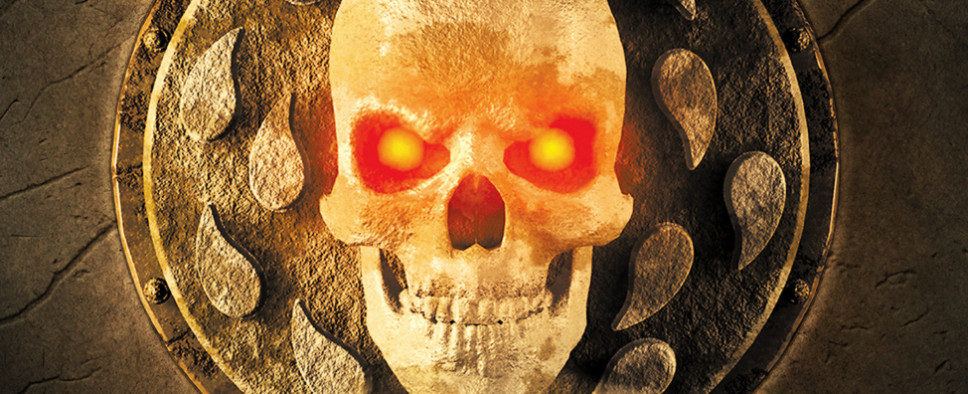Baldur's Gate Original Edwin Portrait Revealed
-
Category: News ArchiveHits: 4561

The latest post on Beamdog's official blog, the Beamblog, is mostly dedicated to talk about Fantasy Grounds, an application designed to help players of tabletop role-playing games play their campaigns online. What's of interest to us, however, is the fact that Beamdog is offering the original Edwin Odesseiron portrait by Mike Sass.
The portrait would ultimately end up being discarded in favor of the one that's used in the final title and, to my knowledge, had never been shown to anyone outside of BioWare's old offices. In case you want to download it and perhaps even use it in a new Baldur's Gate game, you can find it at this link.
An interview with original portrait artist Mike Sass is also available on Gamerati to celebrate the occasion. The interview doesn't tackle Sass' Baldur's Gate years directly but rather his process and his influences. Still, if you like the man's work, I highly suggest giving it a read, especially since it's not very long:
Your art often invokes a lot of movement and activity in your scenes. Is that a preference, or something that comes with the territory of doing art for games?
I think its both. Going back to influences, my youth involved reading comics and drawing those subjects. I enjoy the dynamism of comic art and the fun of making and looking at action scenes. At the end of the day, I think the art for a game should bring to life a snapshot of an exciting scene so that the player or viewer is excited and inspired. Scenes of action and movement are applicable to products that generally are about conflict.
You've been doing this for a long while, when did you jump on the '˜digital painting' train? Was it a difficult transition for you?
I started to learn the computer basically at the end of college in 1995, and did my first photoshop digital paintings for the original Baldurs Gate around 1997 or so. It was not difficult to transition, in fact digital art is far easier and faster than working traditionally. You could say I learnd to illustrate digitally before learning fantasy art in real paints. Digital art is great for allowing artists to produce alot of work fast and gain experience in picture-making. The tools are powerful and forgiving such that there are actually very few artists working professionally exclusively using traditional paints nowadays. Generally the older artists who became proficient before computer art became the norm are the ones still painting with real paints today. Published original fantasy paintings are pretty rare these d ays, and the number of artists I know still working in this manner might be a couple dozen at most.

